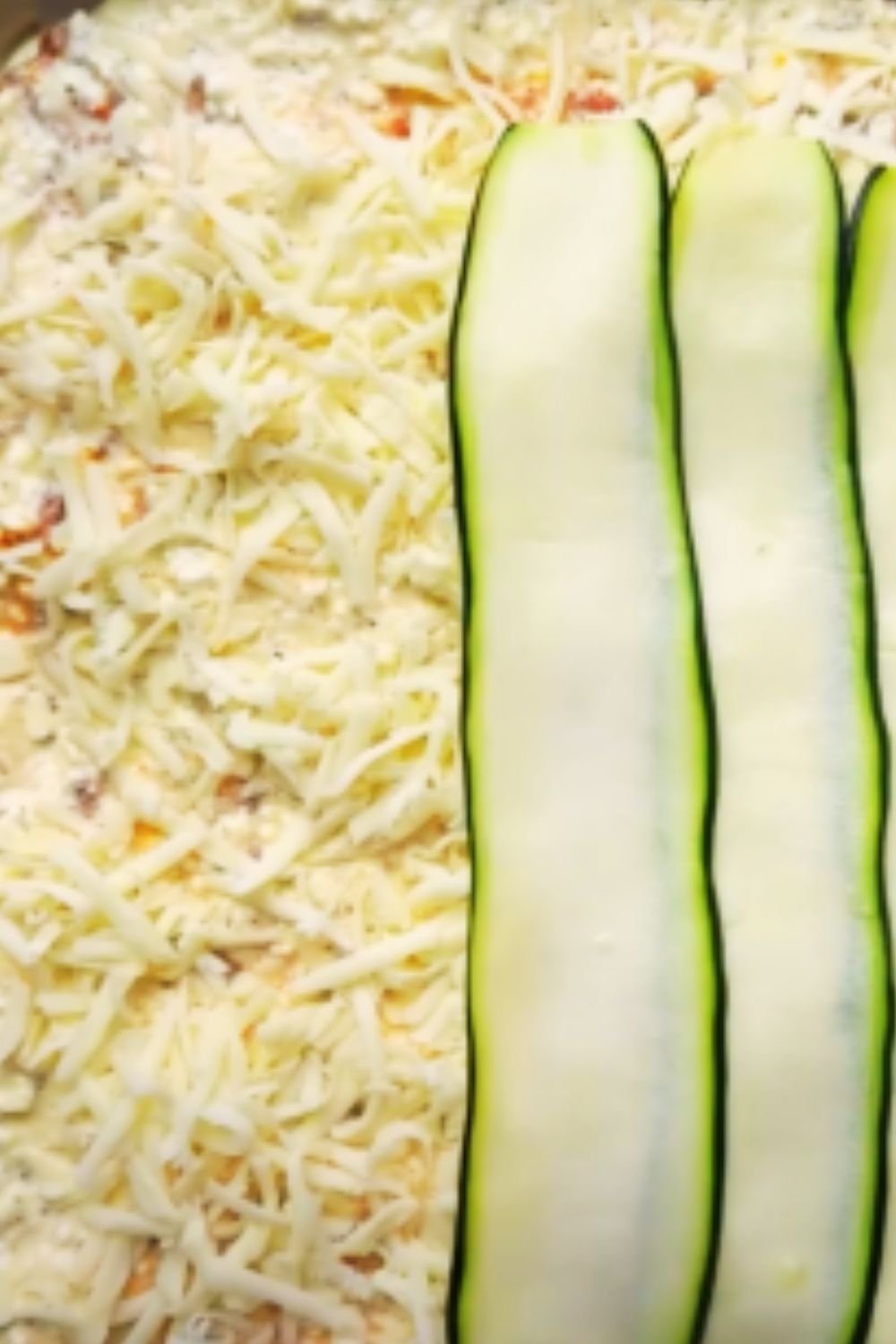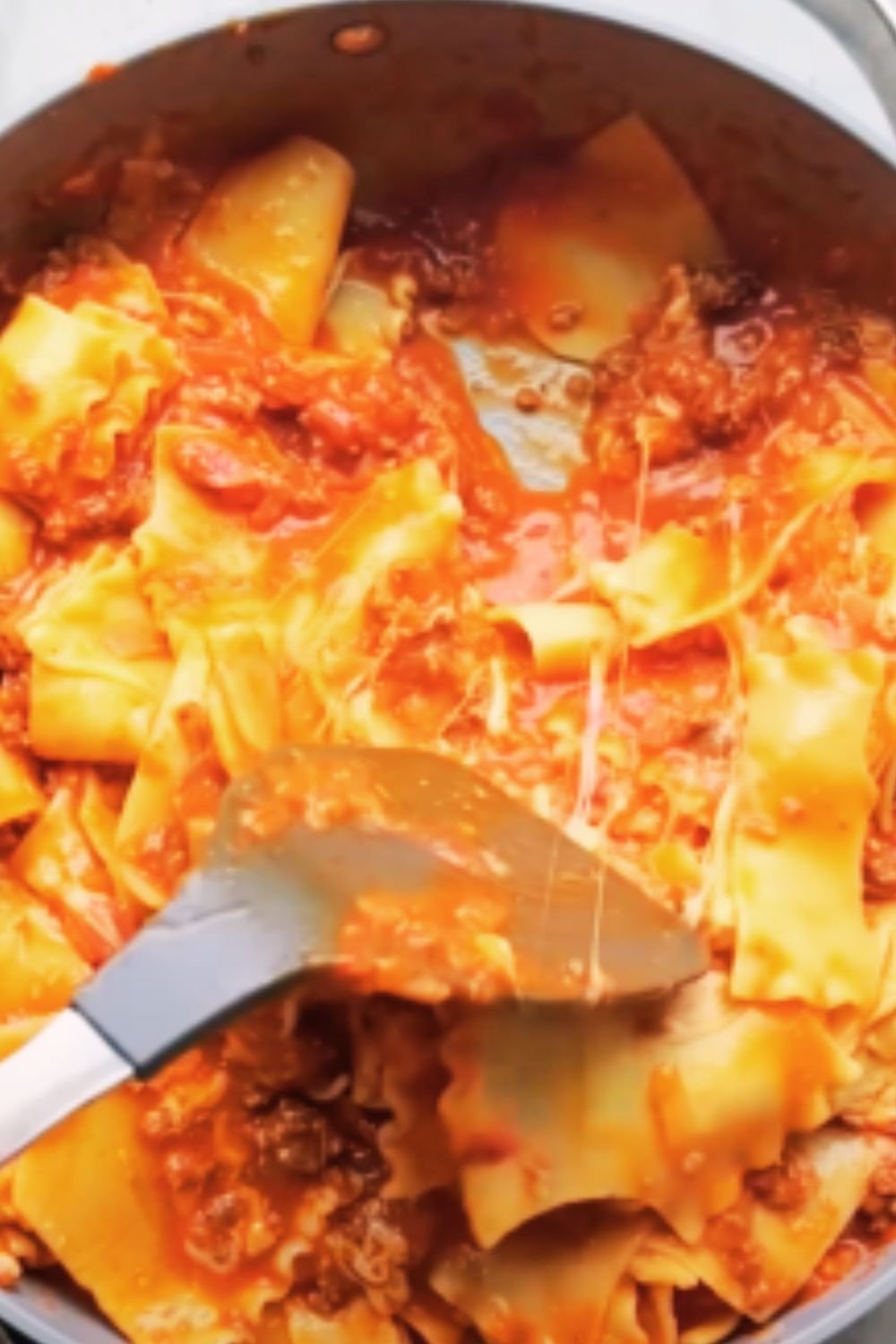There’s something truly magical about the moment you pull a bubbling, golden-topped lasagna from the oven. The anticipation builds as you let it rest just long enough before slicing through those perfect layers. As an Italian food enthusiast who’s tested countless variations over the years, I can confidently say that lasagna made with bechamel sauce represents the pinnacle of this beloved dish.
While many American versions rely solely on ricotta cheese, traditional Italian lasagna often features a silky bechamel sauce that transforms the dish into something truly extraordinary. Today, I’m sharing my perfected recipe for lasagna with bechamel—a labor of love that’s absolutely worth the effort.
What Makes This Lasagna Special
Traditional Italian lasagna differs from its American counterpart in several key ways. The most significant difference is the use of bechamel sauce (besciamella in Italian) instead of or alongside ricotta cheese. This velvety white sauce creates a creaminess that permeates every layer and binds the elements together in perfect harmony.
The combination of a rich meat ragù, creamy bechamel, and layers of pasta creates a textural and flavor experience that’s simply unmatched. Each component plays an essential role:
- Bechamel sauce: Provides a silky, creamy texture that melts into the other ingredients
- Ragù: Delivers deep, savory flavors developed through slow cooking
- Pasta: Offers the perfect al dente bite and structural integrity
- Cheese: Contributes saltiness, umami, and that irresistible golden top
Let’s explore how these elements come together to create lasagna perfection.
Essential Ingredients
For the Bechamel Sauce
- 5 tablespoons unsalted butter
- 5 tablespoons all-purpose flour
- 4 cups whole milk
- 1/2 teaspoon freshly grated nutmeg
- 1 teaspoon salt
- 1/4 teaspoon white pepper
For the Meat Ragù
- 2 tablespoons olive oil
- 1 large onion, finely diced
- 2 carrots, finely diced
- 2 celery stalks, finely diced
- 4 cloves garlic, minced
- 1 pound ground beef (80/20 lean-to-fat ratio)
- 1/2 pound ground pork
- 1/2 cup dry red wine
- 2 tablespoons tomato paste
- 28 oz can crushed tomatoes
- 1 cup beef stock
- 2 bay leaves
- 1 teaspoon dried oregano
- 1 teaspoon dried basil
- 1/2 teaspoon dried thyme
- Salt and freshly ground black pepper to taste
For Assembly
- 12-15 lasagna noodles (I prefer the no-boil kind for ease)
- 2 cups freshly grated Parmigiano-Reggiano
- 8 oz low-moisture mozzarella, grated
- Fresh basil leaves for garnish
The Crucial Components
Before we dive into the recipe, let’s break down the key elements that make this lasagna exceptional:
Bechamel Sauce: The Creamy Heart
Bechamel sauce is one of the five “mother sauces” in French cuisine, but it’s equally important in Italian cooking. This simple white sauce begins with a roux of butter and flour, which is then gradually combined with milk and seasoned with nutmeg.
The bechamel contributes:
- A silky, creamy texture throughout the dish
- A mild flavor that complements rather than competes with the ragù
- A binding agent that helps hold the layers together
- Moisture that helps cook the pasta (especially if using no-boil noodles)
The key to perfect bechamel is patience—whisk constantly while adding the milk gradually to avoid lumps, and cook it long enough to remove any raw flour taste.
The Meat Ragù: Depth of Flavor
A properly made ragù takes time, but this slow-building of flavor is what gives lasagna its soul. The soffritto (sautéed onion, carrot, and celery) provides an aromatic base, while the combination of beef and pork offers complexity.
For the most flavorful ragù:
- Brown the meat properly to develop fond (those delicious brown bits on the pan)
- Use wine to deglaze, scraping up all those flavor-packed bits
- Simmer low and slow, allowing the sauce to reduce and concentrate
- Season thoughtfully throughout the cooking process
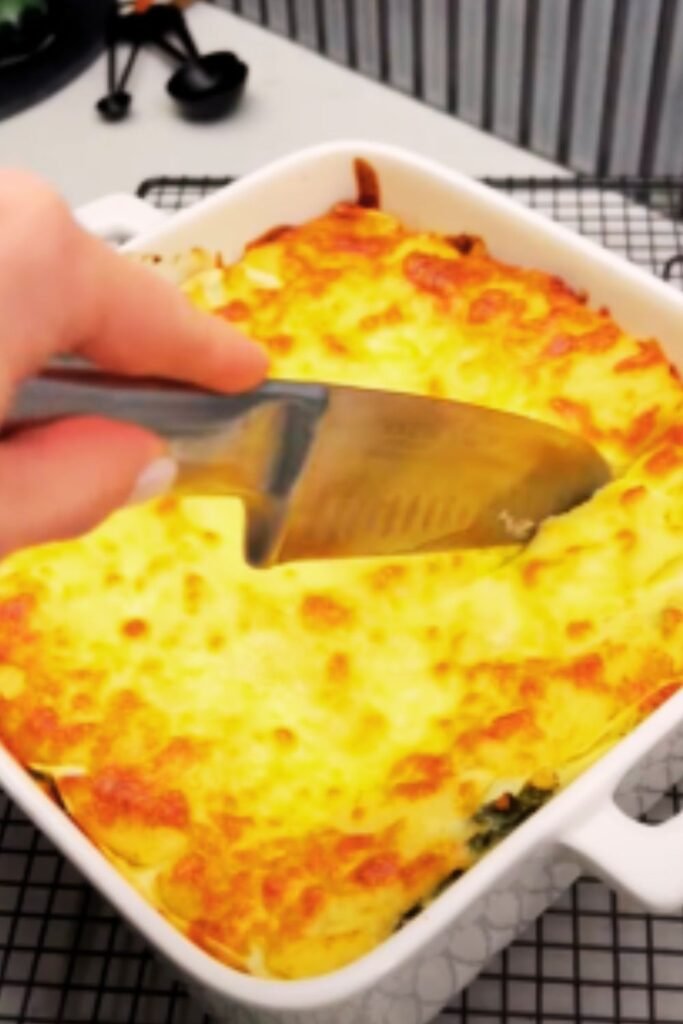
Step-by-Step Preparation
Preparing the Bechamel Sauce
- In a medium saucepan over medium heat, melt the butter until foaming.
- Add the flour all at once, whisking constantly to form a smooth roux.
- Cook the roux for 2-3 minutes until it smells slightly nutty but hasn’t taken on color.
- Gradually add the milk in a slow, steady stream, whisking continuously to prevent lumps.
- Once all milk is incorporated, add the nutmeg, salt, and white pepper.
- Continue cooking and whisking for about 10 minutes, until the sauce has thickened enough to coat the back of a spoon.
- When properly thickened, remove from heat and cover with plastic wrap directly on the surface to prevent a skin from forming.
Making the Meat Ragù
- Heat olive oil in a large, heavy-bottomed pot over medium heat.
- Add the onion, carrot, and celery, sautéing until softened but not browned, about 5-7 minutes.
- Add the garlic and cook for another minute until fragrant.
- Increase heat to medium-high and add the ground beef and pork, breaking it up with a wooden spoon.
- Cook until well-browned, about 8-10 minutes (don’t rush this step—proper browning equals flavor).
- Pour in the red wine, scraping up any browned bits from the bottom of the pot, and simmer until reduced by half.
- Stir in the tomato paste and cook for 2 minutes to caramelize slightly.
- Add the crushed tomatoes, beef stock, bay leaves, and dried herbs.
- Season with salt and pepper, then reduce heat to low and simmer, partially covered, for at least 1 hour (2-3 hours is even better).
- Stir occasionally and add a splash of water if the sauce becomes too thick.
- The finished ragù should be thick but still moist, with deeply developed flavors.
Assembly and Baking
- Preheat your oven to 375°F (190°C).
- Lightly oil a 9×13-inch baking dish.
- Spread a thin layer of bechamel on the bottom of the dish to prevent sticking.
- Place a layer of lasagna noodles over the bechamel.
- Spread approximately 1/4 of the remaining bechamel over the noodles.
- Top with approximately 1/3 of the meat ragù.
- Sprinkle with about 1/4 cup of Parmigiano-Reggiano and a light layer of mozzarella.
- Repeat the layering process two more times.
- For the final layer, place noodles, spread with the remaining bechamel, and top generously with the remaining cheeses.
- Cover the dish with aluminum foil, making sure it doesn’t touch the top of the lasagna.
- Bake for 25 minutes, then remove the foil and bake for an additional 15-20 minutes until bubbling around the edges and beautifully golden on top.
- Remove from the oven and allow to rest for at least 15 minutes before serving (this resting period is crucial for the layers to set).
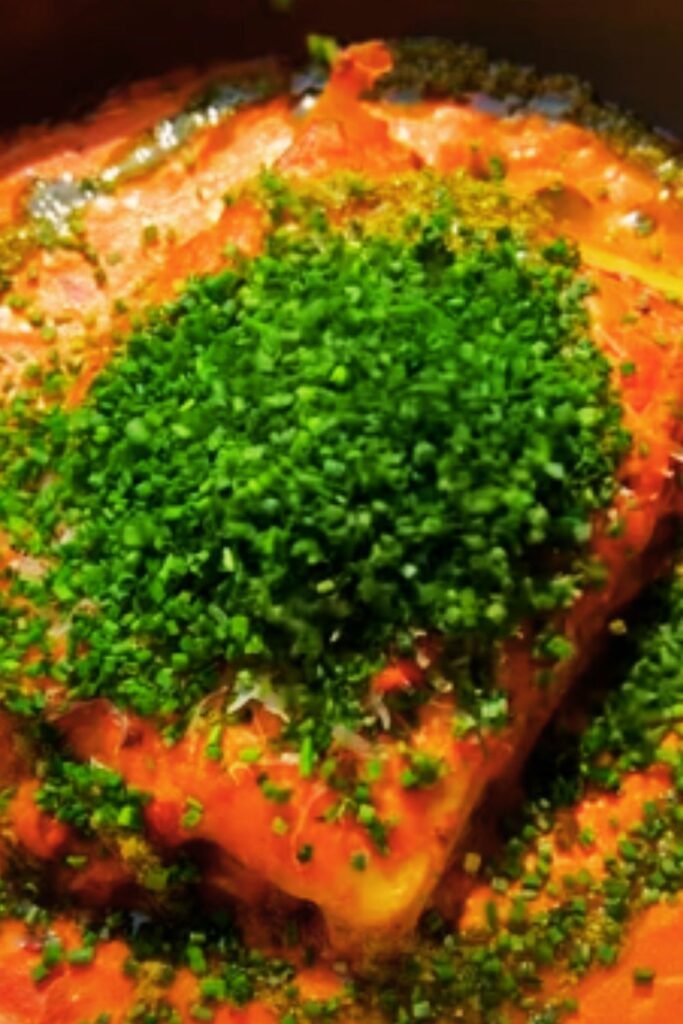
Crucial Techniques and Tips
The Perfect Bechamel Consistency
The consistency of your bechamel sauce is critical. It should be:
- Thick enough to coat the back of a spoon
- Smooth and free of lumps
- Pourable but not runny
If your sauce is too thick, gradually whisk in a bit more warm milk. If it’s too thin, continue cooking until it reduces to the right consistency.
Layering Strategy
The order and thickness of layers significantly impact the final result:
- Start and end with sauce (first bechamel, last cheese) to ensure moisture at the bottom and a golden top
- Keep ragù layers generous but not overly thick
- Distribute cheese evenly, saving extra for the top layer
- Aim for 3-4 layers of pasta total
Resting Period
Perhaps the most overlooked aspect of lasagna-making is the resting period. Allow your lasagna to rest for at least 15 minutes (20-25 is even better) before cutting. This:
- Allows the layers to set and hold together
- Lets the flavors meld even further
- Brings the temperature down to a comfortable eating level
Skip this step, and you’ll likely end up with a sloppy, messy serving instead of those picture-perfect slices.
Detailed Comparison: Bechamel Lasagna vs. Ricotta Lasagna
For those curious about the differences between traditional Italian lasagna with bechamel and American-style lasagna with ricotta, here’s a helpful comparison:
| Feature | Bechamel Lasagna | Ricotta Lasagna |
|---|---|---|
| Texture | Silky, creamy, unified layers | Distinct layers, slightly grainy texture |
| Moisture level | Consistently moist throughout | Can be drier in spots |
| Richness | Buttery richness from bechamel | Tangier, more cheese-forward |
| Traditional in | Northern Italy | Italian-American cuisine |
| Reheating quality | Maintains moisture and texture when reheated | Can become dry when reheated |
| Preparation difficulty | Requires making bechamel sauce | Simpler assembly with pre-made ricotta |
| Calorie content | Typically higher in fat from butter and milk | Higher in protein from ricotta cheese |
| Freezing quality | Freezes exceptionally well | Can separate slightly when frozen and thawed |
Both styles have their merits, but in my experience, the bechamel version creates a more luxurious, cohesive dish that’s worth the extra effort.
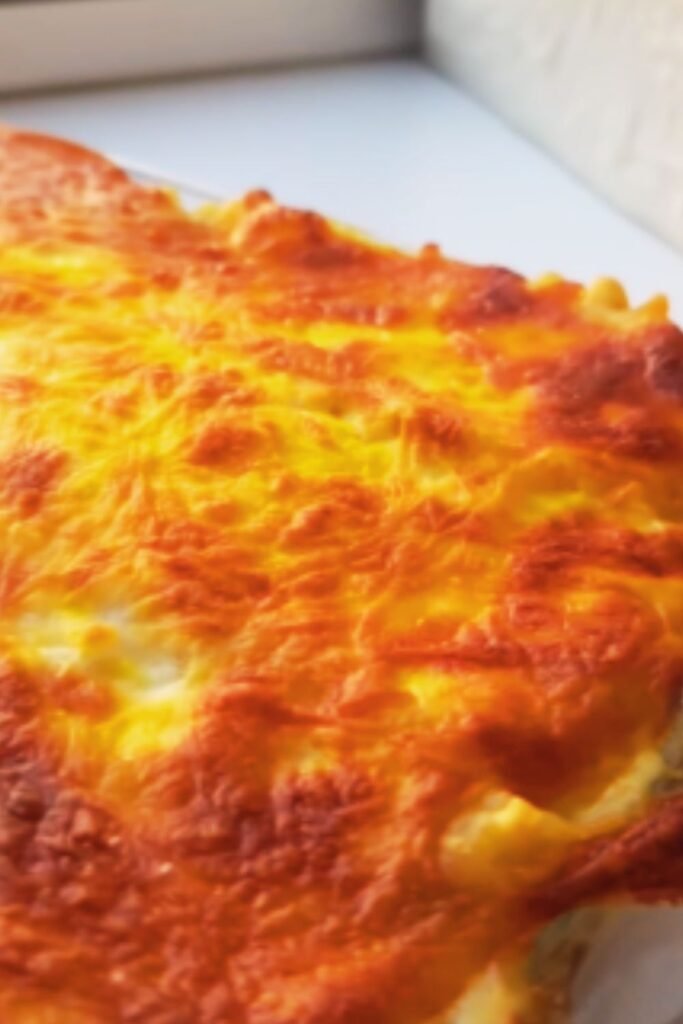
Make-Ahead and Storage Tips
Lasagna is famous for being an excellent make-ahead dish, and this version is no exception:
Make-Ahead Options
- Complete preparation in advance: Assemble the entire lasagna, cover tightly with foil, and refrigerate for up to 24 hours before baking. Bring to room temperature for 30 minutes before baking.
- Prepare components separately: Make the ragù and bechamel up to 3 days in advance, store separately in the refrigerator, and assemble when ready to bake. Gently reheat the sauces before assembly to ensure easier spreading.
- Freeze unbaked: Assemble the lasagna, cover tightly with plastic wrap and then foil, and freeze for up to 3 months. Thaw completely in the refrigerator (24-48 hours) before baking.
Storage After Baking
- Refrigeration: Leftover lasagna will keep in the refrigerator for 3-5 days. Cover with foil or transfer to airtight containers.
- Freezing: Cut cooled lasagna into individual portions and freeze in airtight containers for up to 3 months. This makes for easy individual servings later.
Reheating Methods
For the best texture when reheating:
- Oven method (preferred): Cover with foil and heat at 350°F (175°C) for 20-30 minutes until heated through.
- Microwave method (quickest): Place individual portions on a microwave-safe plate, cover loosely, and heat on medium power in 2-minute increments until warmed through.
- Combination method (best results): Microwave individual portions until just warmed, then finish in a 400°F (200°C) oven or under the broiler for 3-5 minutes to recreate the crispy top.
Serving Suggestions
A perfect lasagna with bechamel deserves complementary sides that balance its richness:
- Simple green salad with a bright vinaigrette to cut through the richness
- Garlic bread or crusty Italian bread for soaking up any sauce
- Roasted vegetables such as broccoli, Brussels sprouts, or asparagus
- Antipasto platter with olives, marinated vegetables, and Italian cheeses
- Sparkling water with lemon to cleanse the palate
Variations to Try
While the classic recipe is perfection, there are wonderful variations worth exploring:
Vegetable Additions
Incorporate layers of:
- Sautéed mushrooms for earthy depth
- Wilted spinach or kale for color and nutrition
- Roasted eggplant slices for Mediterranean flair
- Thinly sliced zucchini for freshness
Protein Variations
- Replace half the ground meat with Italian sausage for extra flavor
- Use a combination of veal, pork, and beef (traditional bolognese style)
- Create a seafood version with shrimp and white fish in a tomato-cream sauce
- Make it vegetarian by using a robust mixture of mushrooms, lentils, and walnuts
Regional Italian Variations
- Lasagna alla Bolognese: The classic North Italian version with bechamel and ragù
- Lasagna Napoletana: Southern Italian style with ricotta, mozzarella, and small meatballs
- Lasagna Verde: Using spinach pasta sheets for color and added flavor
- Lasagna al Forno: A simpler version with fewer layers but thicker pasta sheets
Troubleshooting Common Issues
Even experienced cooks encounter challenges when making lasagna. Here are solutions to common problems:
| Problem | Possible Cause | Solution |
|---|---|---|
| Watery lasagna | Too much sauce or filling with high water content | Reduce sauces further before assembly; drain watery ingredients like spinach thoroughly |
| Dry lasagna | Not enough sauce; overbaking | Increase sauce quantities; check doneness earlier; cover with foil during baking |
| Pasta still crunchy | Not enough liquid; too little baking time | Ensure sauces are sufficiently moist; extend baking time with foil cover |
| Burnt top | Oven too hot; positioned too close to heating element | Lower oven temperature; position rack in middle of oven; cover with foil until final browning |
| Layers sliding apart | Cutting too soon after baking; too much sauce | Allow proper resting time; reduce sauce quantities slightly |
| Bechamel lumpy | Adding milk too quickly; not whisking constantly | Add milk gradually while whisking continuously; strain sauce if necessary |
Questions & Answers
Is it necessary to boil the pasta sheets before assembling the lasagna? If using traditional lasagna noodles, yes, they should be boiled until very al dente (about 2 minutes less than package instructions). However, I prefer using no-boil (oven-ready) noodles for convenience. If using no-boil noodles, ensure your sauces are sufficiently moist as these noodles absorb more liquid during baking.
Can I make lasagna with bechamel sauce vegetarian? Absolutely! Replace the meat ragù with a robust vegetable sauce featuring mushrooms, eggplant, zucchini, and bell peppers. You can also add layers of spinach or other greens between the pasta sheets. The bechamel sauce is already vegetarian, making this an easy adaptation.
How far in advance can I make lasagna? You can assemble the entire lasagna up to 24 hours before baking and store it in the refrigerator. For longer storage, you can freeze the unbaked lasagna for up to 3 months. Just be sure to thaw it completely in the refrigerator before baking.
Why is my bechamel sauce lumpy and how can I fix it? Lumps typically form when the milk is added too quickly or the mixture isn’t whisked continuously. To fix lumpy bechamel, vigorously whisk over low heat, or as a last resort, strain it through a fine mesh sieve. To prevent lumps, add warm milk gradually while whisking constantly.
What’s the best cheese to use for lasagna with bechamel? Parmigiano-Reggiano is traditional and provides great flavor. I recommend using authentic Parmigiano-Reggiano rather than pre-grated parmesan for the best flavor and melting properties. Combine it with low-moisture mozzarella for that perfect stretchy cheese pull.
Can I add ricotta to a lasagna that already has bechamel? Yes! While not traditional, you can create a hybrid version by adding dollops of ricotta between layers in addition to the bechamel. This makes for an extra-rich lasagna that combines the best of both Italian and Italian-American traditions.
My lasagna falls apart when I serve it. What am I doing wrong? The most common reason for lasagna falling apart is cutting it too soon after removing it from the oven. Let it rest for at least 15-20 minutes before slicing. Also ensure you’re not using too much sauce, which can make the layers slip.
How do I prevent the top of my lasagna from burning? Cover the lasagna with aluminum foil for the first portion of baking time, then remove it for the final 15-20 minutes to allow the top to brown. If it’s browning too quickly, you can loosely place the foil back on top.
Final Thoughts
Making lasagna with bechamel sauce is truly an act of culinary love. While it requires time and attention to detail, the result is an incredibly satisfying dish that brings people together. I’ve served this lasagna at countless family gatherings and dinner parties, and it never fails to impress. The combination of silky bechamel, rich ragù, tender pasta, and golden cheese creates a harmony of flavors and textures that exemplifies why Italian cuisine is beloved worldwide.
Remember that great lasagna isn’t about rushing through the process but savoring each step. Take your time developing flavors in the ragù, creating a smooth bechamel, and carefully constructing those beautiful layers. Your patience will be rewarded with what might just become your signature dish—one that friends and family request time and again.
Whether you’re making this for a special occasion or simply because you crave something truly spectacular, this lasagna with bechamel is guaranteed to delight everyone fortunate enough to share it with you. Buon appetito!

